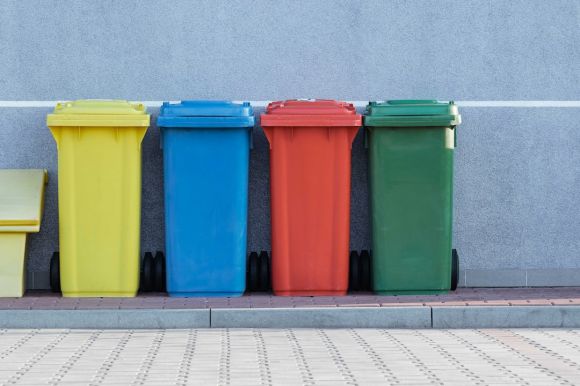In today’s world, where waste is becoming an increasingly pressing issue, the concept of a circular economy has gained significant traction. Unlike the traditional linear economy, where resources are extracted, used, and disposed of, the circular economy aims to minimize waste by keeping resources in use for as long as possible. This innovative approach not only benefits the environment but also presents numerous economic opportunities. Let’s delve deeper into the concept of the circular economy and explore how it is transforming waste into valuable resources.
Designing for Circularity
The key principle of the circular economy lies in designing products and systems with the intent of minimizing waste generation. This involves thinking about the entire lifecycle of a product, from its production to its end-of-life disposal. By adopting a “cradle-to-cradle” approach, where materials are continuously cycled back into the economy, waste can be greatly reduced. Designing for circularity involves using renewable materials, incorporating recyclable components, and ensuring ease of repair and disassembly.
Closing the Loop: Recycling and Repurposing
One of the most important aspects of the circular economy is the efficient recycling and repurposing of materials. Instead of sending waste to landfills or incinerators, the objective is to recover valuable resources from discarded products. This can be achieved through advanced recycling technologies that break down materials into their constituent parts, allowing them to be used in the production of new goods. Additionally, repurposing waste materials for alternative uses can significantly reduce the demand for virgin resources.
The Role of Technology
Technology plays a crucial role in enabling the transition to a circular economy. From advanced sorting and recycling systems to digital platforms that facilitate the exchange of used goods, technology offers innovative solutions to waste management challenges. For instance, artificial intelligence and machine learning algorithms can optimize recycling processes, improving the efficiency and effectiveness of resource recovery. Furthermore, blockchain technology can enhance supply chain transparency, ensuring the traceability and authenticity of recycled materials.
Collaborative Consumption: Sharing and Reusing
Another key element of the circular economy is the promotion of collaborative consumption models. Instead of every individual owning their own products, the focus shifts towards sharing and reusing resources. This can be seen in the rise of sharing platforms for items such as cars, bicycles, and household appliances. By sharing resources, the utilization rate of products increases, reducing the need for excessive production. Furthermore, reusing items through repair and refurbishment extends their lifespan, preventing premature disposal.
The Economic Benefits
Beyond its environmental advantages, the circular economy also presents significant economic benefits. By keeping resources in circulation, businesses can reduce their reliance on expensive raw materials, leading to cost savings. Additionally, the recycling and repurposing industries create new job opportunities, contributing to economic growth. Moreover, the shift towards a circular economy can spur innovation as companies develop new products and services that align with the principles of sustainability.
A Sustainable Future
In conclusion, the circular economy is transforming waste into valuable resources by rethinking the way we design, use, and dispose of products. By adopting a circular approach, waste can be minimized, resources can be conserved, and economic opportunities can be unlocked. Embracing technology, promoting collaborative consumption, and recognizing the economic benefits are all essential steps towards achieving a sustainable future. It is time for individuals, businesses, and governments to embrace the circular economy and work towards creating a world where waste is no longer wasted.
